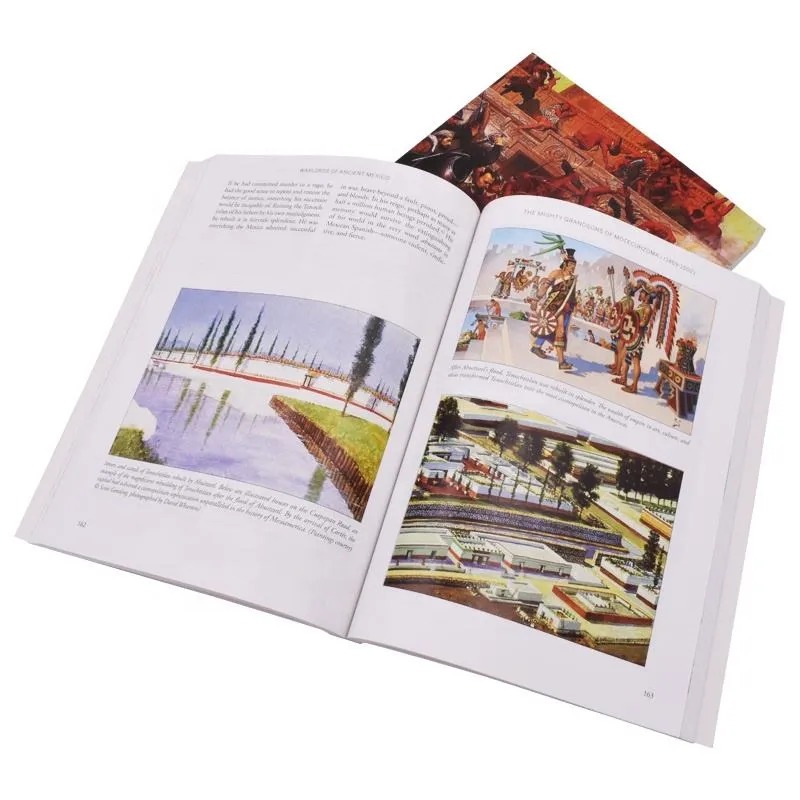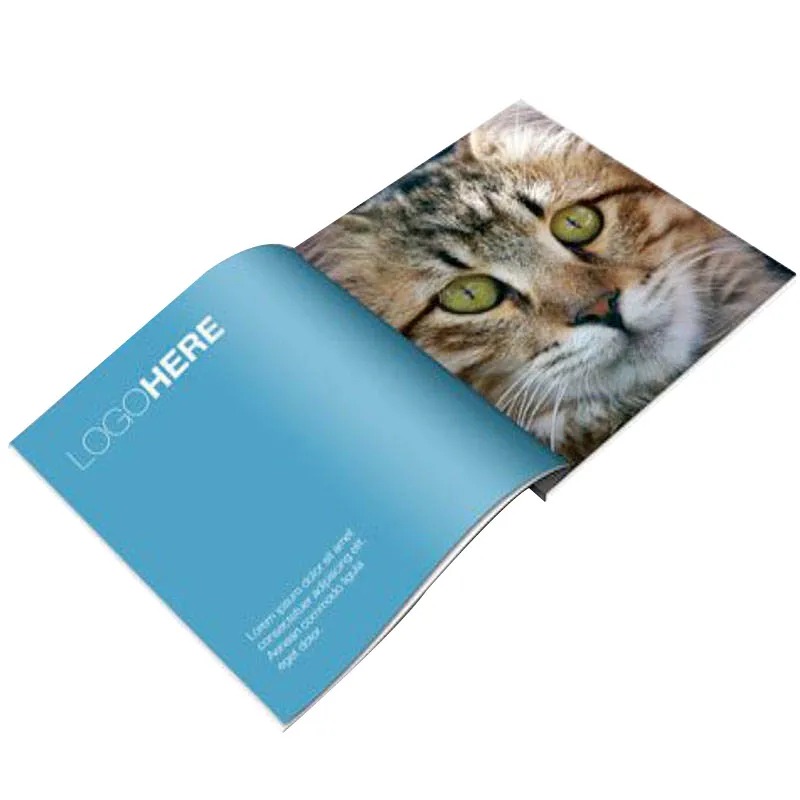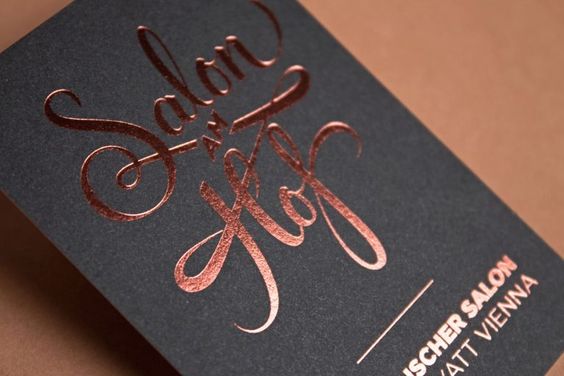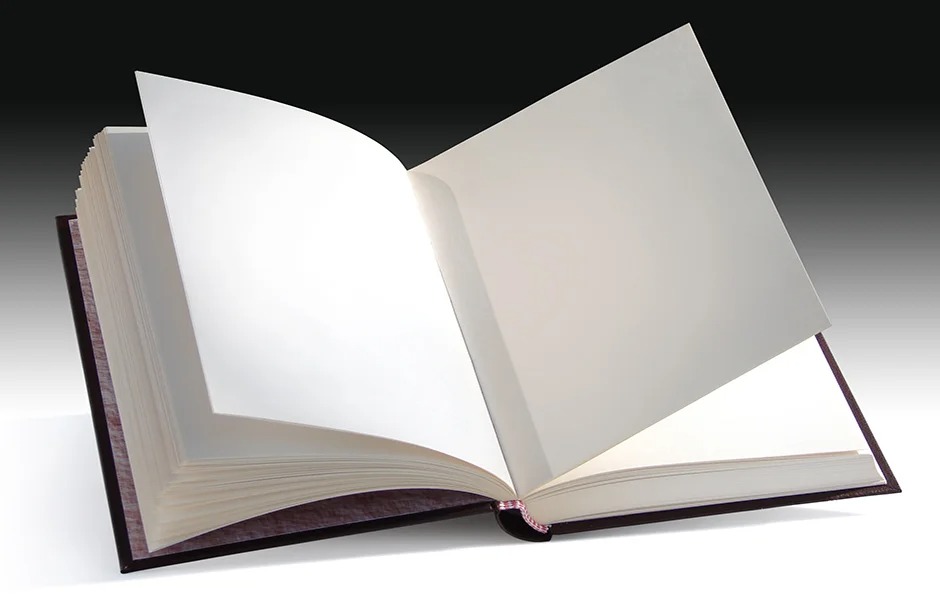If you have ever held a fine print book in your hands, you know the feeling of reverence that washes over you. These exquisite pieces of literary craftsmanship are more than just books; they are works of art, meticulously crafted to delight the senses and captivate the mind. This article delves into the world of fine print books, exploring their history, significance, challenges, and prospects.

Introduction to Fine Print Books
What are Fine Print Books?
Fine print books, limited edition or small press books, are publications characterized by their exceptional attention to detail in printing, binding, and design. They are often produced in limited quantities, making them highly sought after by collectors and enthusiasts.
Importance of Fine Print Books in Literature
While mainstream publishing focuses on mass production and accessibility, fine print books prioritize quality over quantity. They serve as a testament to the enduring value of traditional bookmaking techniques and celebrate the beauty of printed words on paper.
History of Fine Print Books
Origins of Fine Print Books
The tradition of fine print books can be traced back to the early days of printing, with artisans painstakingly handcrafting books using moveable type and hand presses. These early editions were often produced for wealthy patrons or religious institutions and featured elaborate illustrations and bindings.
Evolution Over Time
As printing technology advanced, fine print books evolved, incorporating new techniques and materials to enhance their beauty and durability. The invention of the printing press by Johannes Gutenberg in the 15th century revolutionized the production of books, paving the way for the mass dissemination of knowledge and the democratization of reading.
Characteristics of Fine Print Books
Font Size and Type
One of the defining features of fine print books is the use of small, carefully crafted typefaces. These fonts are often chosen for their elegance and readability, enhancing the overall aesthetic appeal of the book.
Paper Quality
Fine print books are typically printed on high-quality, acid-free, and archival-grade paper. This ensures that the pages will not yellow or degrade over time, preserving the beauty of the book for generations to come.
Binding Techniques
The binding of a fine print book is a work of art in itself. Traditional binding methods such as sewn signatures and hand-sewn endbands are often used to create a sturdy and visually appealing book that will withstand the test of time.

Significance in the Publishing Industry
Niche Audience
While fine print books may appeal to a niche audience, their impact on the publishing industry is significant. They serve as a reminder of the craftsmanship and artistry that goes into bookmaking, inspiring readers and publishers alike to appreciate the printed word in all its forms.
Collectors’ Items
Fine print books are highly coveted by collectors, who value them for their rarity and aesthetic appeal. Limited edition releases often fetch high prices on the secondary market, making them valuable investments for book enthusiasts.
Artistic Value
In addition to their literary value, fine print books are cherished for their artistic value. From hand-illustrated covers to intricate typography, every aspect of a fine print book is carefully curated to create a visually stunning work of art.
Challenges in Producing Fine Print Books
Production Costs
The production of fine print books is often more labour-intensive and costly than mainstream publishing. From sourcing high-quality materials to employing skilled artisans, the expenses associated with producing fine print books can be prohibitive for many publishers.
Limited Market Reach
Due to their niche appeal and higher price point, fine print books may have limited market reach compared to mass-market paperbacks. This can make it challenging for publishers to recoup their investment and turn a profit on fine print editions.
Competition from Digital Formats
In an increasingly digital world, fine print books face stiff competition from e-books and audiobooks. While some readers still prefer the tactile experience of reading a physical book, others may opt for the convenience and affordability of digital formats.

Notable Examples of Fine Print Books
Gutenberg Bible
One of the most famous examples of a fine print book is the Gutenberg Bible, printed by Johannes Gutenberg in the 15th century. This landmark work marked the beginning of the mass production of books in Europe and is celebrated for its exquisite craftsmanship and historical significance.
Limited Edition Releases
Many modern publishers produce limited edition releases of popular books featuring unique covers, illustrations, and binding materials. These limited editions often appeal to collectors and fans alike, eager to add these unique works to their collections.
Impact on Literary Culture
Preservation of Classic Literature
Fine print books are crucial in preserving classic literature for future generations. By producing carefully curated editions of timeless works, publishers ensure that these literary treasures will continue to be enjoyed and appreciated for years.
Cultivation of Book Appreciation
The beauty and craftsmanship of fine print books encourage readers to develop a deeper appreciation for the art of bookmaking. Whether admiring the intricate illustrations or running their fingers over the embossed cover, readers are reminded of the magic of the printed word.
Influence on Book Design Trends
The attention to detail and innovative design techniques in fine print books often influence broader book design and publishing trends. From cover art to typography, the aesthetic choices made by fine print publishers can also be seen reflected in mainstream publishing.
The Future of Fine Print Books
Adaptation to the Digital Age
While the future of fine print books may seem uncertain in an increasingly digital world, many publishers are finding ways to adapt and thrive. From incorporating digital enhancements like augmented reality to offering subscription-based models for collectors, fine print publishers are exploring new avenues to reach readers in the digital age.
Sustainability Efforts
As concerns about environmental sustainability continue to grow, fine print publishers are increasingly focused on adopting eco-friendly practices. This includes using recycled paper, reducing waste in the production process, and exploring alternative materials for bookbinding.
Innovations in Production Techniques
Advancements in printing technology and bookbinding techniques enable fine print publishers to push the boundaries of what is possible. From 3D-printed book covers to interactive pop-up illustrations, the possibilities for innovation in fine print books are endless.
Introduction to Tina Hong Paper Printing Limited Company
Tina Hong Paper Printing Limited Company, founded in 2004 in Dongguan, Guangdong, China, is an OEM printing and packing manufacturer with a more than 15,000 square meters plant area.
As a professional printing manufacturer, quality print and timely delivery are our motto. Over the past twenty-two years, we have been fully committed to providing high-quality custom printing services and have assisted our clients with cost-effective solutions and product developments. Additionally, we have implemented reliable quality management systems that adhere strictly to international standards.
Conclusion
In conclusion, fine print books are more than just books; they are works of art celebrating the beauty of the printed word. From their rich history to their enduring significance in literary culture, fine print books continue to captivate readers and collectors alike. While they may face challenges in the digital age, the future looks bright for fine print books as publishers embrace innovation and adapt to changing trends.




